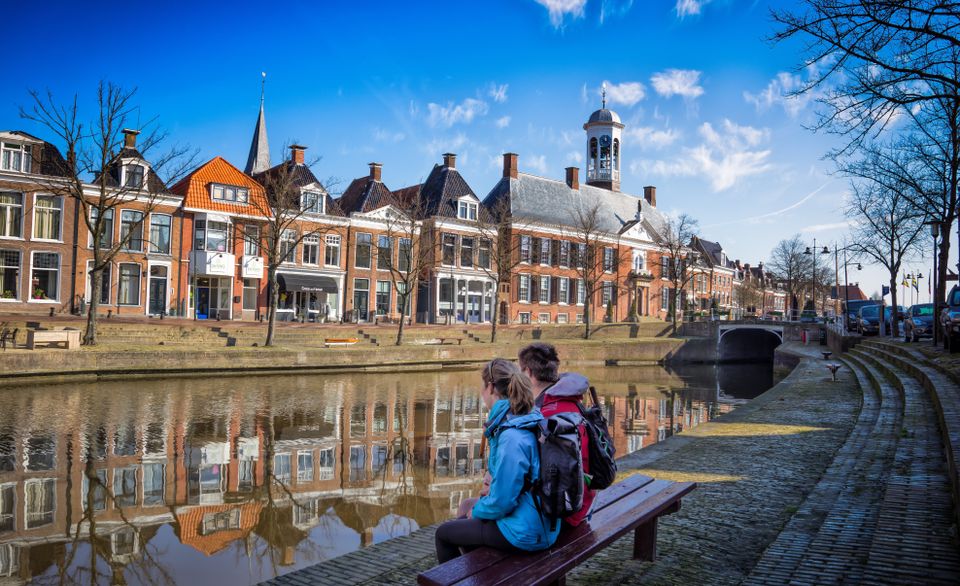Location
193 to 224 of 961 results
-
Brêgeham
Brêgeham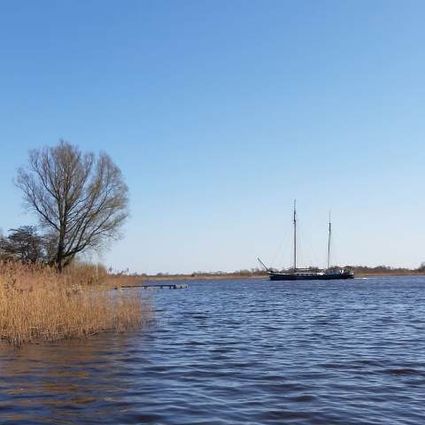 Oudega
Oudega -
Harsta State
Harsta State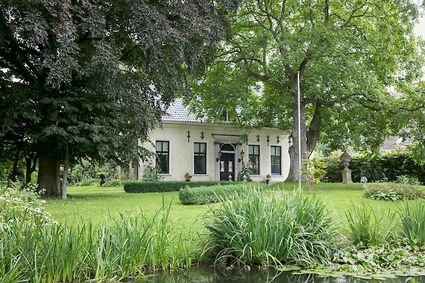 Hegebeintum
Hegebeintum -
It Bûtefjild Nature Reserve
It Bûtefjild Nature Reserve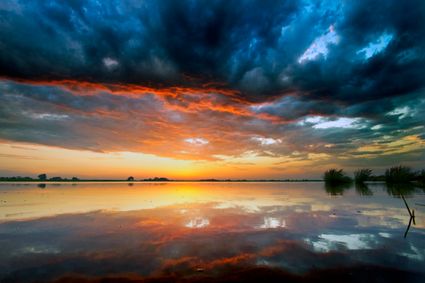 Hurdegaryp
Hurdegaryp -
De Veenhoop - Kraanlannen - Vogelkijkhut
De Veenhoop - Kraanlannen - Vogelkijkhut De Veenhoop
De Veenhoop -
It Swin - Vogelkijkhut
It Swin - Vogelkijkhut Elahuizen
Elahuizen -
Biologisch fruitbedrijf Lauwershof
Biologisch fruitbedrijf Lauwershof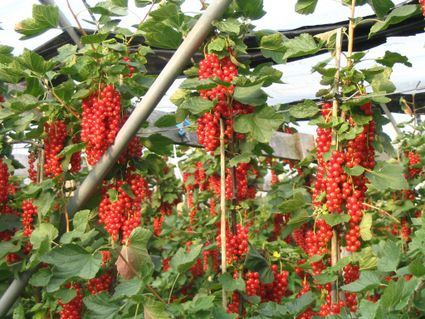 Engwierum
Engwierum -
Stadscafé Artisante
Stadscafé Artisante Dokkum
Dokkum -
Zwembad MFC Het Spectrum
Zwembad MFC Het Spectrum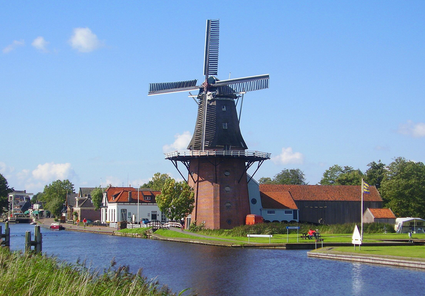 Burdaard
Burdaard -
Burgumer Mar - Uitkijktoren
Burgumer Mar - Uitkijktoren Burgum
Burgum -
Vakantiehuis het Zeeroosje
Vakantiehuis het Zeeroosje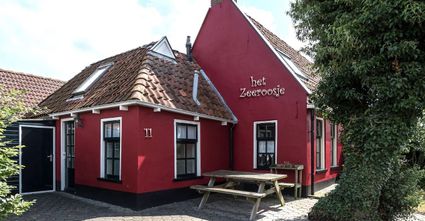 Paesens-Moddergat
Paesens-Moddergat -
Bloemenparadyske
Bloemenparadyske Kollum
Kollum -
Seventy evacuees from Arnhem and Limburg
Seventy evacuees from Arnhem and Limburg
The grave monument in Gytsjerkwas erected in memory of Maria v/d Heuij. Maria was one of seventy evacuees from Arnhem and Limburg who arrived in Gytsjerk on 22 January 1945. Maria died a day later, just a few months old. The harsh conditions during the trip had proved fatal to her. Maria did not live to see the liberation. Fortunately, many of the other evacuees with whom she undertook the journey did.
Symbolism
The monument's spiritual father, artist Klaas Bokma, chose two carts because this was the means of transport often used by evacuees. The four withered trees symbolise death. The cross is not only a symbol of the Christian faith, but also a reminder of the sacrifice made by war victims for a life of freedom.
The oldest pupils of Ichtus and Thrimwalda primary schools take care of this monument.
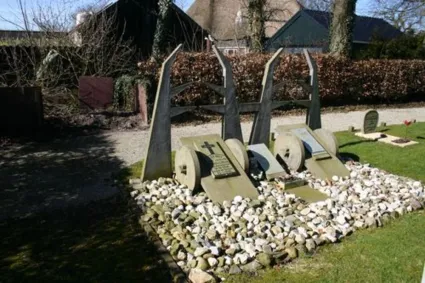 Gytsjerk
Gytsjerk -
The liberation of Friesland 1
The liberation of Friesland 1
In early April, it became clear that the liberation of Friesland was imminent. Although the province had not suffered a real Hunger Winter like other parts of the Netherlands, there were severe shortages of just about everything. And the terror of the occupying forces was growing. This also led to increased resistance against the occupying forces. The battle between the two was tougher than ever in early 1945.
In Friesland, assault groups known as Knokploegen (KP) were responsible for most acts of resistance. But there were other groups too. On the orders of the Dutch government in London, all these groups were merged into the Dutch Domestic Armed Forces (NBS). In Friesland, this happened on 12 December 1944.
The NBS, popularly referred to as the BS, gave the armed resistance an organisation with a clear structure. The NBS was also supposed to play a role in the upcoming liberation. To this end, resistance groups were provided with weapons from autumn 1944. These were dropped from the air.
On 8 April, Radio Orange broadcast the message "The bottle is empty." This was the signal for the NBS to start carrying out sabotage operations 36 hours later. The aim was to make it as difficult as possible for the Germans to defend themselves against the approaching Allied forces.
The resistance did this by putting bridges and railways out of order, blocking waterways and blocking roads. The response of the occupying forces was ruthless. In retaliation, dozens more prisoners were shot at different times and places.Once the Canadians entered Friesland on 12 April, they were supported extremely effectively by the Frisian resistance. Because it was superbly organised, they were able to help the Canadians take control of important bridges, repair damaged bridges, and advise on the most favourable route.
By 18 April, the whole province was liberated except for the Wadden Islands (these were liberated in late May and in June). Compared to other provinces, there was little fighting in Friesland. Overall, the few thousand German troops who had been unable to flee Friesland were defeated by the Canadians relatively quickly.
The commander of the Royal Canadian Dragoons, Lieutenant Colonel Landell, praised the actions of the resistance by stating "Friesland liberated herself." While that may be a bit of an exaggeration, the actions of the Frisian resistance undoubtedly accelerated the liberation. And reduced the number of casualties on the Allied side.
In confrontations with German troops and their Dutch accomplices, at least 31 resistance fighters lost their lives. On the Allied side, at least eleven Canadians and one Frenchman were killed. The fighting and shelling also resulted in dozens of civilian casualties. The number of casualties on the German side is not known, but probably ran into the hundreds. With 320 houses destroyed and 4,000 damaged and 80 bridges destroyed, Friesland was materially the least damaged province in the Netherlands.
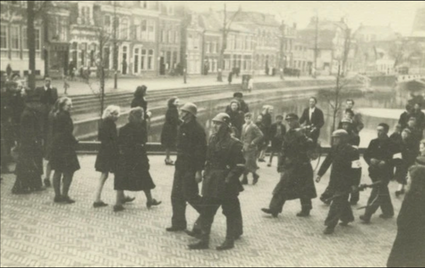 Willemsoord
Willemsoord -
WadExpeditions
WadExpeditions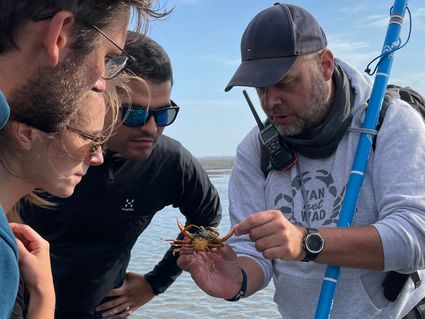 Lauwersoog
Lauwersoog -
Gedicht: Gean de striid oan al is it miskien ek mei it ferkearde wapen | Janneke Spoelstra


Accept cookies to see this content.
Gedicht: Gean de striid oan al is it miskien ek mei it ferkearde wapen | Janneke Spoelstra
 Feanwâldsterwâl
Feanwâldsterwâl -
Toeristisch Informatie Punt Lauwersoog
Toeristisch Informatie Punt Lauwersoog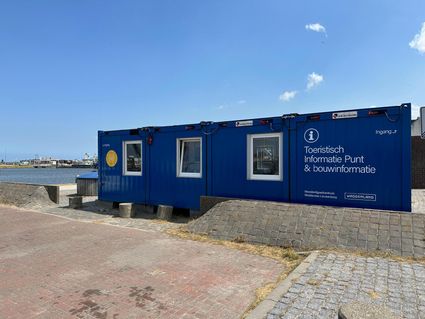 Lauwersoog
Lauwersoog -
Kerk Lioessens
Kerk Lioessens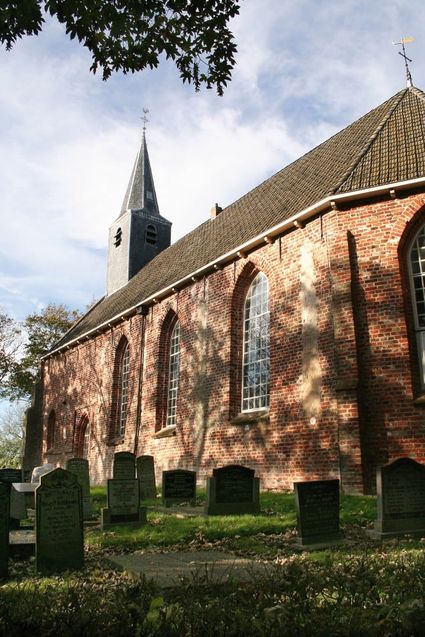 Lioessens
Lioessens -
Marboei MB12
Marboei MB12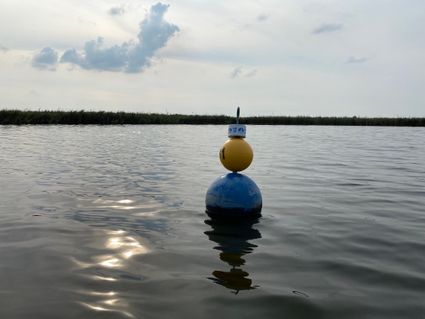 Burgumer Mar
Burgumer Mar -
Fietsverhuur Holwerd
Fietsverhuur Holwerd Holwert
Holwert -
Johanneskerk Britsum
Johanneskerk Britsum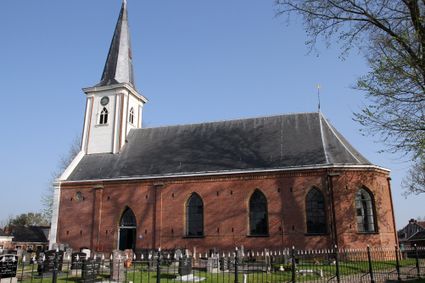 Britsum
Britsum -
Vlasmuseum It Braakhok
Vlasmuseum It Braakhok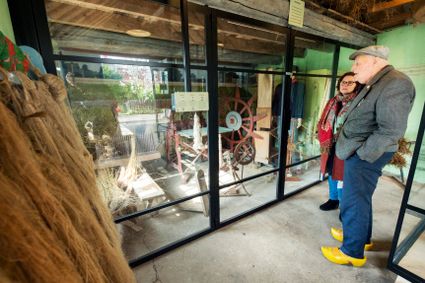 Ee
Ee -
Fryske Waedrinners
Fryske Waedrinners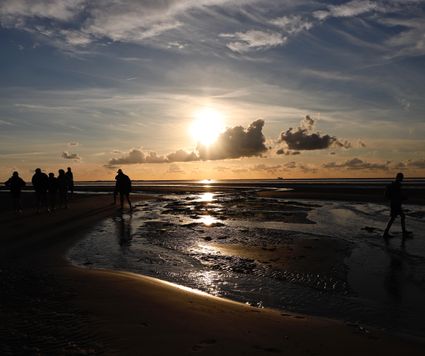 Holwerd
Holwerd -
Gytsjerk
Gytsjerk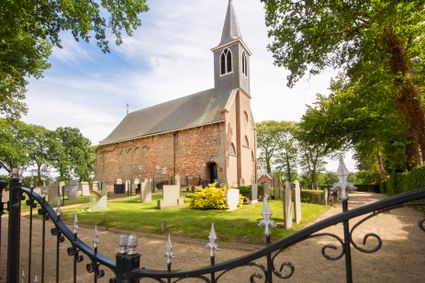 Gytsjerk
Gytsjerk -
Polder
Polder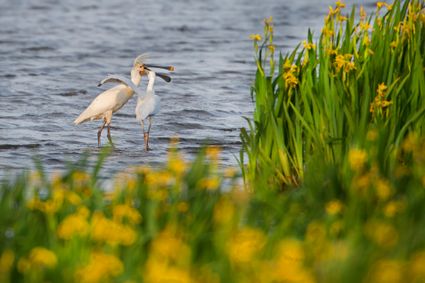 Earnewâld
Earnewâld -
De Klinze Country House and Estate
De Klinze Country House and Estate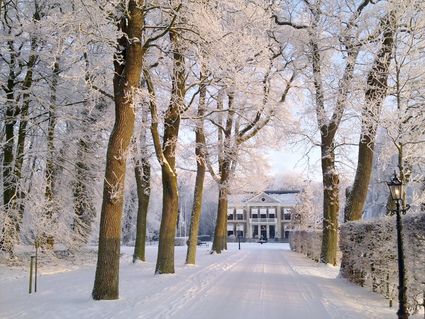 Aldtsjerk
Aldtsjerk -
Martinuskerk Gytsjerk
Martinuskerk Gytsjerk Gytsjerk
Gytsjerk -
Camping It Wiid
Camping It Wiid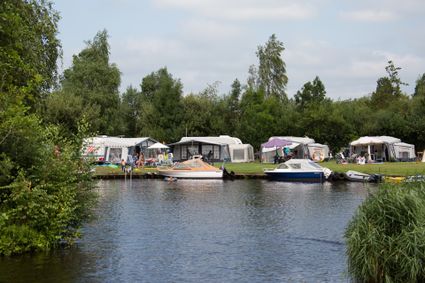 Earnewâld
Earnewâld -
Fietsverhuur Hollema
Fietsverhuur Hollema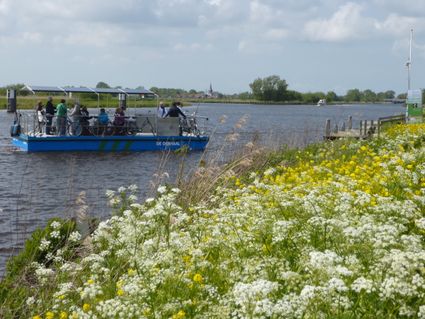 Earnewâld
Earnewâld -
Hegewiersterfjild - It Hegewierster Fjild - Vogelkijkhut
Hegewiersterfjild - It Hegewierster Fjild - Vogelkijkhut Kimswerd
Kimswerd -
Zeilschool De Veenhoop
Zeilschool De Veenhoop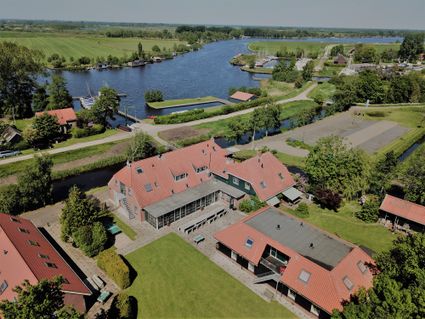 De Veenhoop
De Veenhoop -
De Bolstienpleats
De Bolstienpleats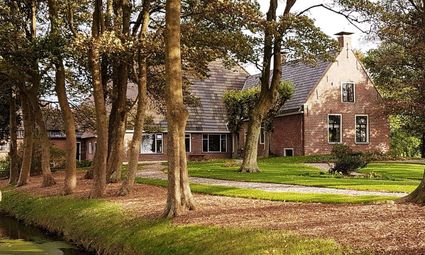 Aalsum
Aalsum -
Eetcafe De Winze
Eetcafe De Winze Wyns
Wyns
